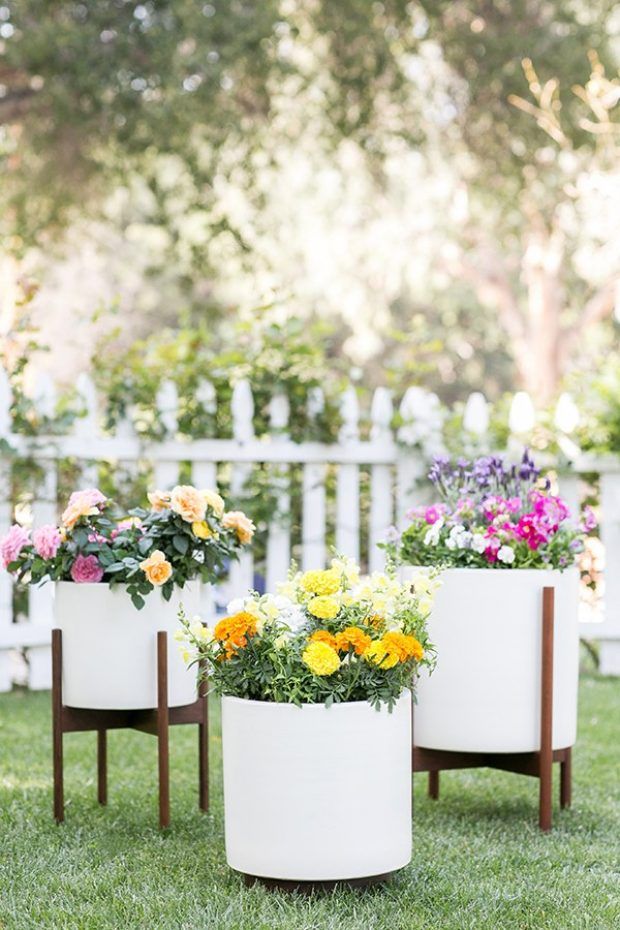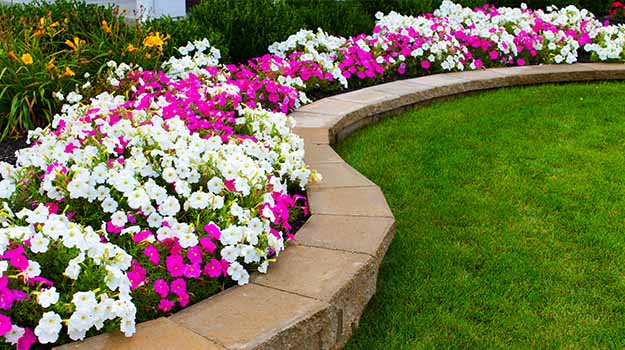Gardening is not just a hobby; it’s a passion, a way to express oneself, and an opportunity to create a beautiful space that can enchant both the eye and the heart. In this comprehensive guide, we will dive deep into the world of garden flower decor. With tips, personal experiences, and expert insights, you’ll learn how to turn your garden into a breathtaking display of color and creativity.
Understanding Garden Flower Decor
Garden flower decor refers to the use of various flowers and plants to enhance the aesthetic appeal of outdoor spaces. This can range from simple flower beds to elaborate arrangements and themed gardens. The goal is to create a harmonious environment that resonates with nature and complements the architectural elements of your home.
Benefits of Flower Decor in Your Garden
- Enhances visual appeal
- Attracts pollinators like bees and butterflies
- Boosts mood and mental health
- Provides a natural habitat for wildlife
- Improves air quality
Choosing the Right Flowers for Your Garden
When it comes to selecting flowers for your garden, consider factors such as climate, soil type, and the amount of sunlight your space receives.
Popular Flower Types for Garden Decor
| Flower Type | Bloom Time | Sun Requirements | Water Needs |
|---|---|---|---|
| Roses | Spring to Fall | Full Sun | Moderate |
| Daisy | Spring to Summer | Full Sun | Low |
| Tulips | Spring | Full Sun | Moderate |
| Sunflowers | Summer | Full Sun | Moderate |
| Pansies | Spring to Fall | Partial Sun | Moderate |
Planning Your Garden Layout
Creating an appealing garden layout involves considering the height, color, and blooming period of the flowers. Make use of vertical space by planting taller flowers at the back of beds and shorter ones at the front. Here’s a strategy I have used:
- Start with a focal point, such as a bench or sculpture.
- Layer your flowers—taller in the back, medium height in the middle, and smaller in the front.
- Incorporate pathways to make your garden accessible and inviting.
- Choose a color scheme that aligns with your personal style and enhances the overall look.
Personal Experience: My Journey into Flower Decor
For me, gardening is a therapeutic activity that has transformed not just my yard but my life. I remember my first attempt at flower decor vividly. Armed with enthusiasm, I ventured into a local nursery, completely overwhelmed by the myriad of colors and varieties. After much deliberation, I settled on sunflowers and daisies, for their bright hues and beginner-friendly nature.
As I planted them, I felt a connection with the earth. Watching those flowers bloom over the weeks brought me joy and a profound sense of accomplishment. Over time, my garden became a vibrant sanctuary, attracting butterflies and creating a serene atmosphere for relaxation.

Flower Decor Ideas to Elevate Your Garden
Container Gardens
Container gardening is an excellent option for those with limited space or poor soil conditions. You can use pots, hanging baskets, or even repurposed items to create stunning flower arrangements.
Tips for Successful Container Gardens
- Select appropriate container sizes according to flower types.
- Ensure drainage holes are present to prevent overwatering.
- Mix flowers with various heights and colors for a vibrant look.
Flower Borders
Creating borders with flowers adds structure to your garden. You can define paths or edges with blooming plants for a neat and organized appearance.
| Flower Type | Height | Color |
|---|---|---|
| Marigolds | 12-18 inches | Orange, Yellow |
| Snapdragons | 12-36 inches | Various |
| Petunias | 6-12 inches | Various |

Vertical Gardens
Vertical gardens maximize space and create an eye-catching display. You can create these with wall-mounted planters, trellises, or vertical garden kits.
Pros and Cons of Vertical Gardens
- Pros: Space-saving, adds height, and creates a stunning visual interest.
- Cons: Requires more maintenance, can be more costly, and exposure to harsh weather conditions.
Maintaining Your Garden Flower Decor
Regular Care Tips
Once your garden flower decor is in place, regular maintenance is key to keeping it vibrant and healthy. Here are some essential care tips:
- Water regularly, especially during dry spells.
- Deadhead spent blooms to encourage new growth.
- Fertilize as needed based on the plants’ preferences.
- Monitor for pests and diseases, taking action promptly.

Seasonal Care Routines
Adapting your garden care to the seasons can make a huge difference in plant health and blooming:
- Spring: Plant annuals, prune perennials, and prepare soil.
- Summer: Water frequently, deadhead flowers, and manage weeds.
- Fall: Mulch to protect roots, collect seeds, and prepare for winter.
- Winter: Protect plants from harsh weather and plan for next year’s layout.
Incorporating Flower Decor into Outdoor Spaces
Garden Paths and Walkways
Flowers can enhance pathways and walkways, bringing beauty to the areas that connect different sections of your garden.
Ideas for Flower-Laden Pathways
- Line paths with low-growing flowers like creeping thyme.
- Create a floral archway with climbing plants like clematis or roses.
- Use colorful stones to create a mosaic effect along the path.

Using Flowers for Privacy and Shade
Utilizing tall flowers and plants can offer privacy and shade for your outdoor seating areas. Consider the following:
- Plant sunflowers or hollyhocks for tall, natural screens.
- Create a flower hedge using lavender or lilacs.
- Incorporate large potted plants on deck or patio for a cozy feel.
FAQs About Garden Flower Decor
What flowers bloom all summer long?
Some flowers that bloom continuously throughout summer include petunias, geraniums, and zinnias.

How do I create a color scheme for my garden?
To create a color scheme, choose a base color and select companion flowers in shades that complement or contrast with your base color. Consider the overall theme of your garden as well.
What are the best flowers for attracting bees and butterflies?
Flowers like lavender, coneflowers, and marigolds are excellent for attracting bees and butterflies. They provide nectar and pollen that these pollinators need.

Can I grow flowers in shady areas?
Yes! There are many beautiful flowers that thrive in shade, such as hostas, astilbes, and ferns.
What are some low maintenance flowers for beginners?
For beginners, consider planting daylilies, sedums, or black-eyed Susans, as they are resilient and require minimal effort to maintain.
Conclusion: Making Your Garden Flourish
Creating a beautiful garden flower decor is an ongoing journey that reflects your taste and personality. With patience, creativity, and a little bit of hard work, your outdoor space can become a colorful paradise. Remember to enjoy the process and embrace the connection with nature. Happy gardening!